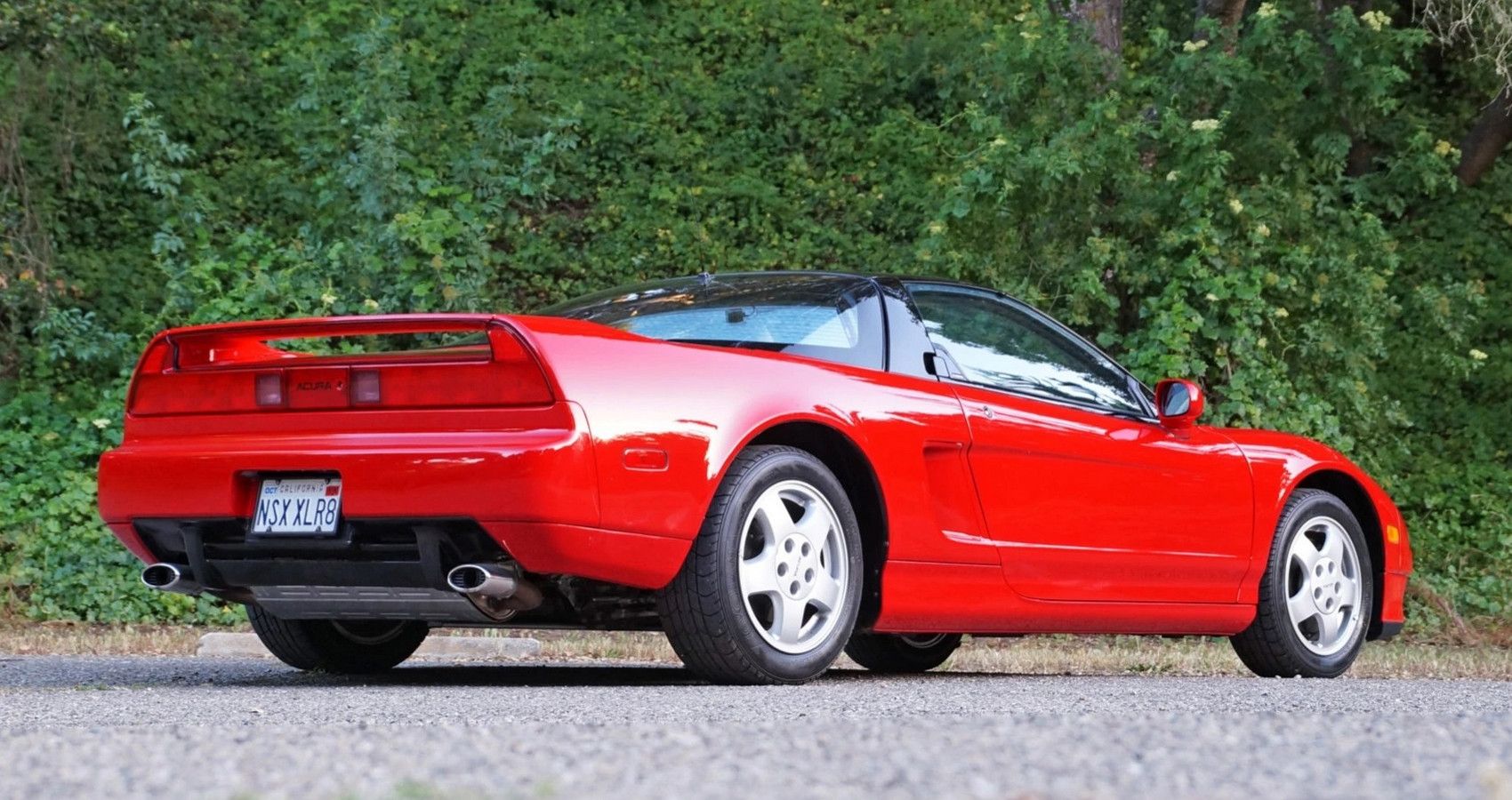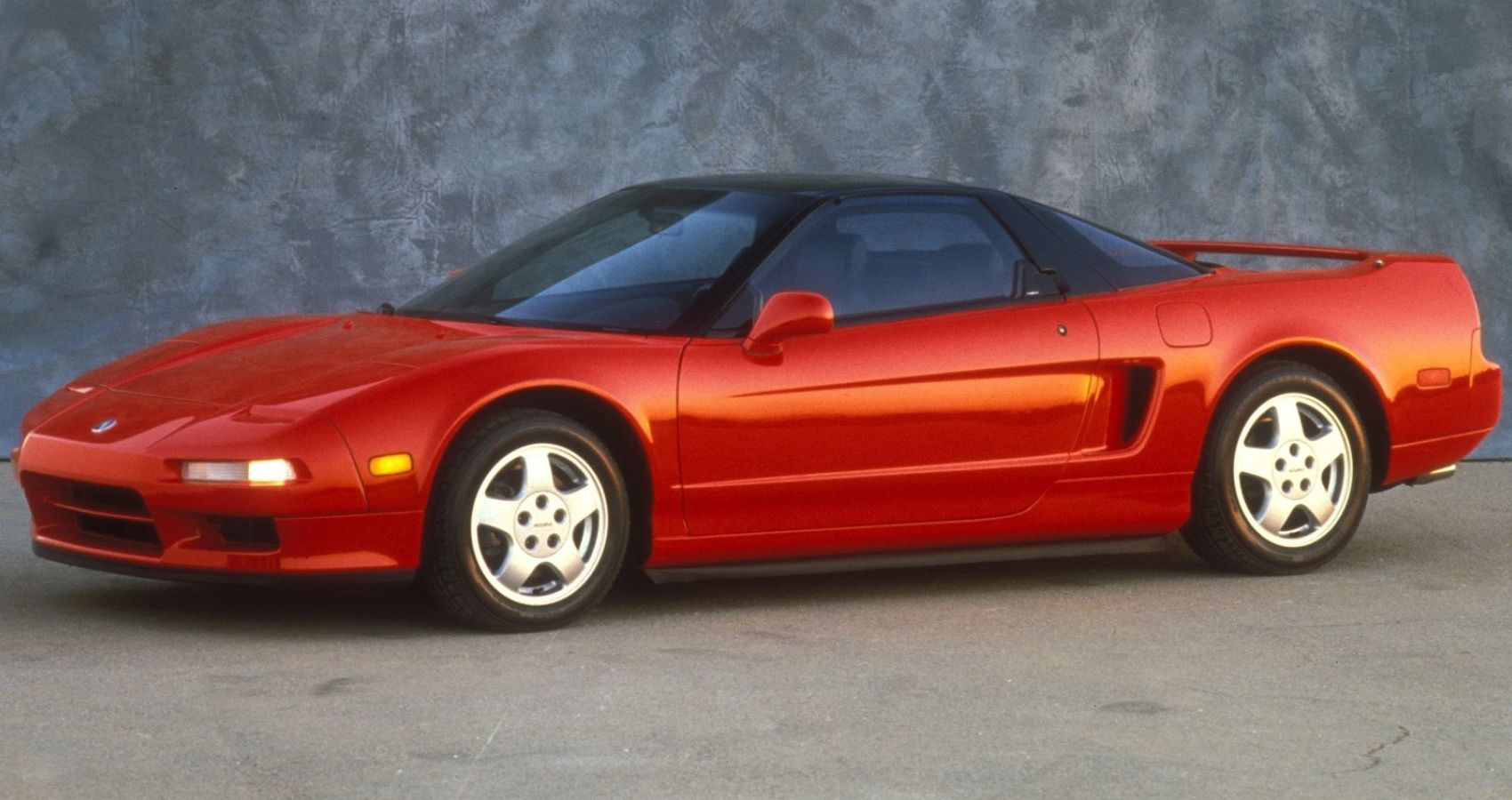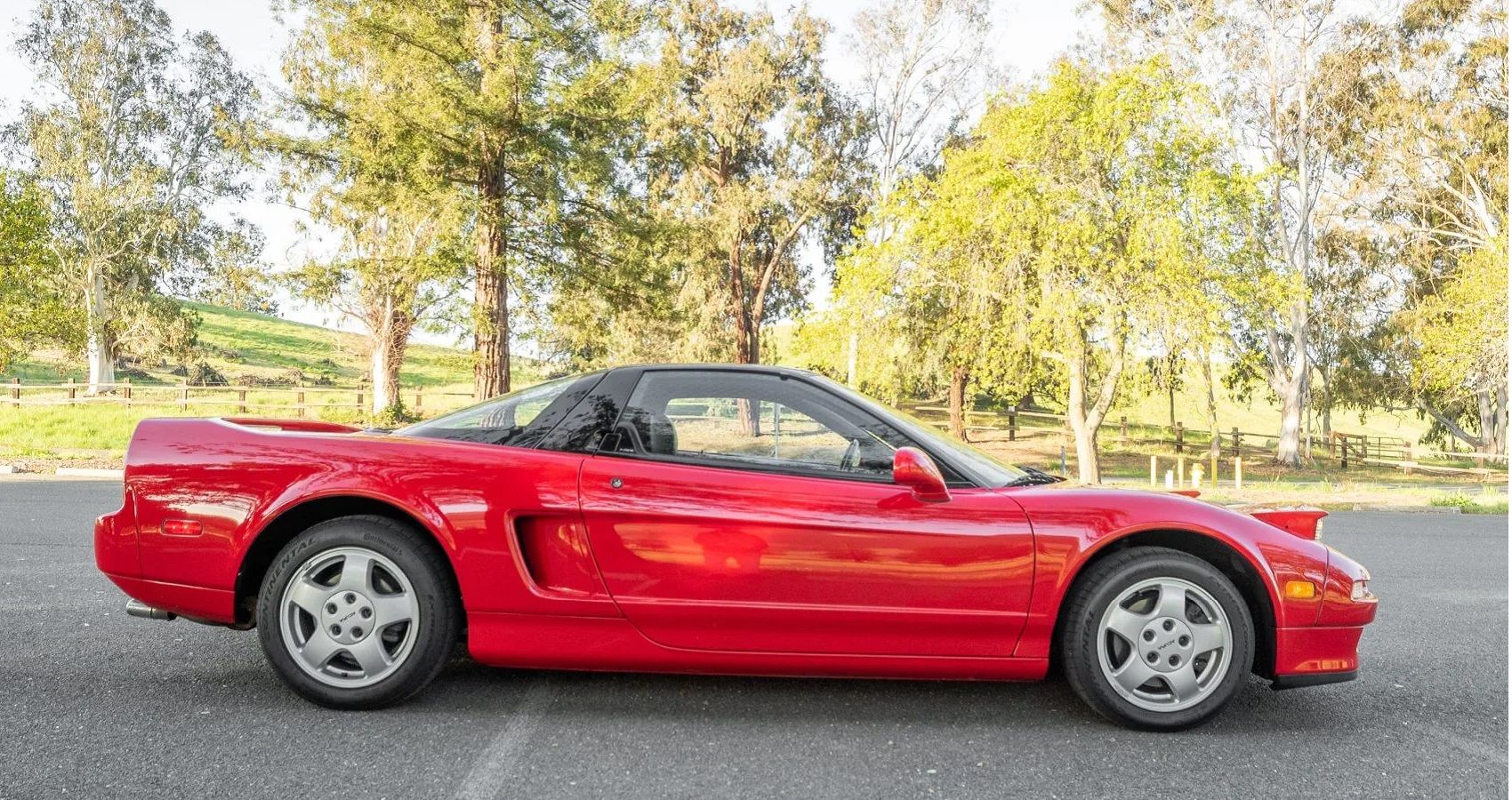How Honda Created The Ultimate Sports Car With The NSX
In the early 1980s, legendary manufacturer Honda started to develop the idea for a revolutionary sports car. A vehicle that strayed away from its front-engine and front-wheel drive format to a radical design of a mid-engine rear-wheel drive setup.
The goal was simple: to emphasize dynamic driving performance. And this resulted in one of the most iconic Japanese sports cars of all time being produced, the original Honda NSX.
Similar to that of the Lexus LFA decades later, the production story of the NSX is thrillingly remarkable; a car enthusiast’s dream of how all sports cars should probably be made. With innovative automotive engineering and design to motorsport and Formula One connection during its testing, the NSX’s story is worth exploring.
Design Ethos Of The NSX Sports Car
From the very start, the engineers at Honda knew the NSX was to be a radically different car – design-wise – compared to their then-current line-up. The design ethos was clear; its sports car needed to provide performance and speed. But to get the most out of it, the driver had to be skillful behind the wheel. Shigeru Uehara, a member of the development project, even stressed the need to enhance the NSX’s dynamic performance so as to make the driving experience “as close as possible to an F1 machine”.
As such, the NSX was the first car to have an all-aluminum, monocoque chassis. Today, this is standard on most automobiles. Back then, this was a radical innovation. The design team even took inspiration from both the F16 fighter jet (for its sleek profile design) and the famous Shinkansen ‘bullet train’ when on a trip to an R&D department, which was also built entirely of aluminum. This led to the sports car having a curb weight of only 3,020 lbs. It was lightweight, which helped fuel efficiency, handling, and performance.
Here’s How Formula 1 Shaped The NSX
Not only was the design of the NSX inspired by Honda’s motorsport career, but the development of the performance car was also assisted by none other than Ayrton Senna, one of the greatest Formula 1 driver of all time. When testing at the Suzuka Circuit in Japan, Senna gave a critical insight into the NSX’s driving characteristics (after masterfully displaying how to heel-and-toe in loafers, as well).
There was a lack of rigidity in its setup, and this was addressed with further testing at the famous Nürburgring in Germany. It was thanks to Senna’s input that the NSX would later become a truly excellent handling and cornering machine. The car’s rigidity increased by 50{64d42ef84185fe650eef13e078a399812999bbd8b8ee84343ab535e62a252847}, and the balance between performance and handling had been achieved. Without Honda’s involvement in the glamorous and innovative motorsport, the NSX might not have achieved the status of being the father of all modern sports cars.
And to top it all off, the NSX lived up to its label as a sports car by being blisteringly quick. Its 3.0 liter V6 engine produced just over 270 hp. Although it may not have smashed the records of Ferrari or Aston Martin at the time, it still reached a top speed of 168 mph. And thanks to its weight-saving diet, it could reach 60 mph in just 5.9 seconds thanks to its legendary VTEC system. It is a variable valve timing and lift electronic control system that gave higher performance at higher RPMs. It’s safe to say the NSX was a true sports car derived from racing pedigree.
How Much Does An NSX Sports Car Cost Now?
So, the NSX was built with legendary Honda reliability, designed with the driver’s dynamics in mind, and developed with the help of a Formula 1 legend. The end result speaks for itself: the NSX is one of the most iconic sports cars ever made. And although it may not be Ferrari-fast, it certainly puts the driver first. So much so, even Gordon Murray – designer of the landmark McLaren F1 – used an NSX daily to work. If it’s good enough for Murray, it’s good enough for anyone.
This sentiment is only reflected in how much the NSX cost now. Whereas once you could pick one up for a relatively low value, prices have skyrocketed in recent years. A good condition first generation manual NSX now sells for over $100,000; a lot of money considering the other sports car alternatives of the 90s and early 2000s. However, are they worth it? Are NSXs justified in being priced so highly? In short, absolutely.
The first true mid-engine sports car from Honda combines the gold-standard engineering reputation of the Japanese brand with sleek styling, heavenly handling, and pure performance. With a manual transmission, rear-wheel drive, and mid-engine position, it’s a bridge between the old and the new sports car philosophy.
It puts driver immersion first while innovating technologies to improve the car industry as a whole. And all the while, the driver gets to enjoy the intoxicating barking induction noise of the Honda V6 while handling and cornering fast and sharp, and with confidence. It’s the ultimate sports car and one that is worth every penny.












